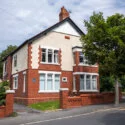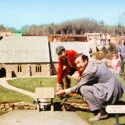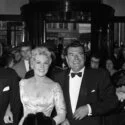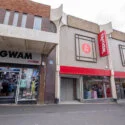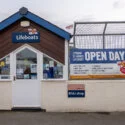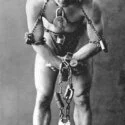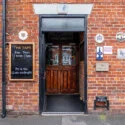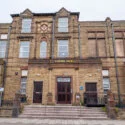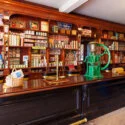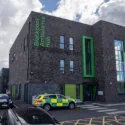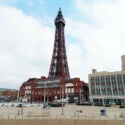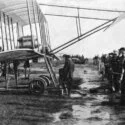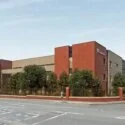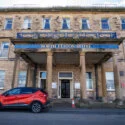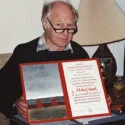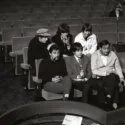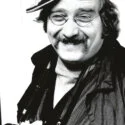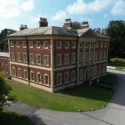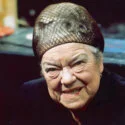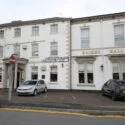LYTHAM HOSPITAL – THE FIRST IN THE FYLDE
Thursday August 3rd, 1871, was a red-letter day in Lytham. Shortly after 11 am a procession of about 50 gentleman formed in the Market Square and headed by the band of the 29th (Lytham) Rifle Volunteers, proceeded along Clifton Street for the official opening at noon of the new hospital – the first in the Fylde. The proposal for a hospital had been talked about for some years and the recent developments in anaesthetics and antiseptics were opening up new avenues in surgery. In 1870 there was an outbreak of low fever in Lytham which brought the proposal to a head and Colonel John Talbot Clifton, Squire of Lytham, undertook to give a site, put up a building and furnish it entirely at his own expense. The Foundation Stone of the hospital was laid on September 2nd 1870, by Mrs John Talbot Clifton.
The Lytham Cottage Hospital and Convalescent Home was erected for the purpose of relief to poor people in case of sickness and accidents’. It was a two-storey building of brick and cobbles and consisted of two ground-floor wards (one for male and one for female patients) each containing four beds. There were two upstairs wards so that the original bed complement appears to have been 16. The central part of the building on the ground floor contained a room for the Matron, a Committee Room, Surgery bathroom and wash-house. There was a mortuary in the yard and ‘an operating room for cases of a severe nature’.
The County Architect, Mr Henry Littler, designed the building from a sketch made by Dr Holland of Prestwich Asylum. The total cost was £1,200. The members of the procession, having inspected the building, returned to the front entrance of the hospital where a platform has been erected and where Mrs Clifton now made her appearance to the cheers of the crowd. In handing over the completed building to the Committee, Mrs Clifton said:‘Ladies and Gentlemen, this building has been erected by Mr Clifton as a cottage hospital for the benefit of the Town and neighbourhood in order that relief and comfort may be obtained in cases of serious accident or illness, where such cases could not be so carefully attended to in the cottages of those who are unable to provide for sickness at home. In the name of Mr Clifton, who I regret has been unable to reach Lytham in time to meet you here today, I hand over this hospital to the town of Lytham and the Committee who have so kindly taken the responsibility of its management for the future. I hope that the hospital may prove a benefit to the town’.
1994 – A HEALTHCARE TRUST
Responsibility for Lytham Hospital now rests with Blackpool, Wyre and Fylde Community Health Service NHS Trust. Thus during a period that has seen the closure of many Community Hospitals, Lytham has continued to develop and prosper with major investments to provide modern health care facilities. With the emphasis on the shift to primary care, the increase in day-case surgery, and the provision of rehabilitation services available in the Community Hospital, close to GP surgeries, Lytham Hospital is well placed to continue to fulfil the function intended by its founders.
And so, Lytham Hospital has fulfilled and will continue to fulfil the function intended by its founders. Mr John Talbot Clifton wished it to be ‘for the benefit of the Town and neighbourhood in order that relief and comfort may be obtained’. Mrs John Talbot Clifton’s hope when she opened the hospital on the 3rd August 1871 ‘that the hospital may prove a benefit to the town’ has been achieved and her words are still relevant for the future. It was closed and demolished in 2007 to make way for the Primary Care Centre, housing local GPs and other NHS services.
For a more detailed history, have a look on the Lytham Heritage website, the source for most of this post.
CLIFTON HOSPITAL SINCE 2008
Clifton Hospital inpatient wards provide a rehabilitation service for patients transferred from an acute hospital such as Blackpool Victoria or from their own home by one of the community health teams. The hospital has four wards with 24 beds in each. The inpatient wards are nurse and therapy-led, which means the people responsible for your care are the nurses and therapists. You may be seen by a doctor during your stay if the nurses or therapists feel this is necessary.
They aim to return patients to independent living or with support from social services or a care agency. Some patients may transfer to a care home. Their approach is person-centred, comprehensive and cohesive to enable the people of Blackpool and the Fylde coast to remain as independent as possible within the community.
Pershore Road, Lytham St. Annes, Lancashire, FY8 1PB
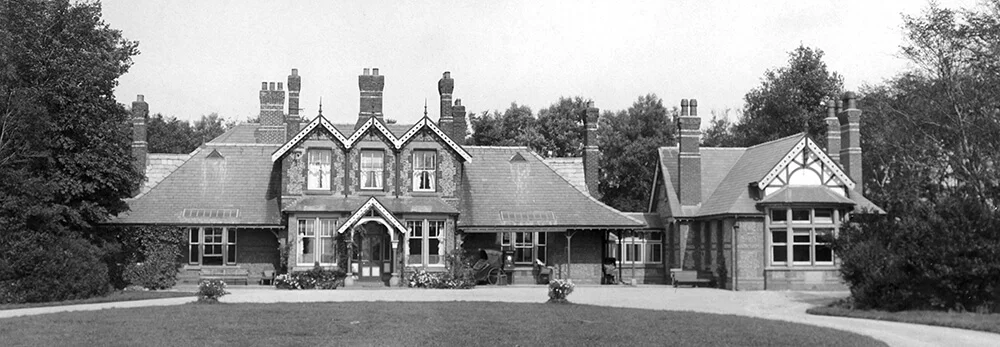
Lytham Cottage Hospital, Lytham St Anne’s, Lancashire, 1890-1910. © Alamy
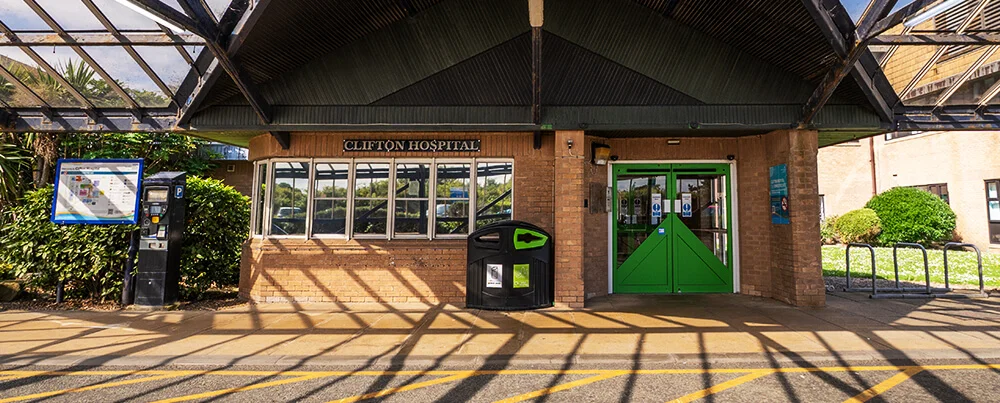
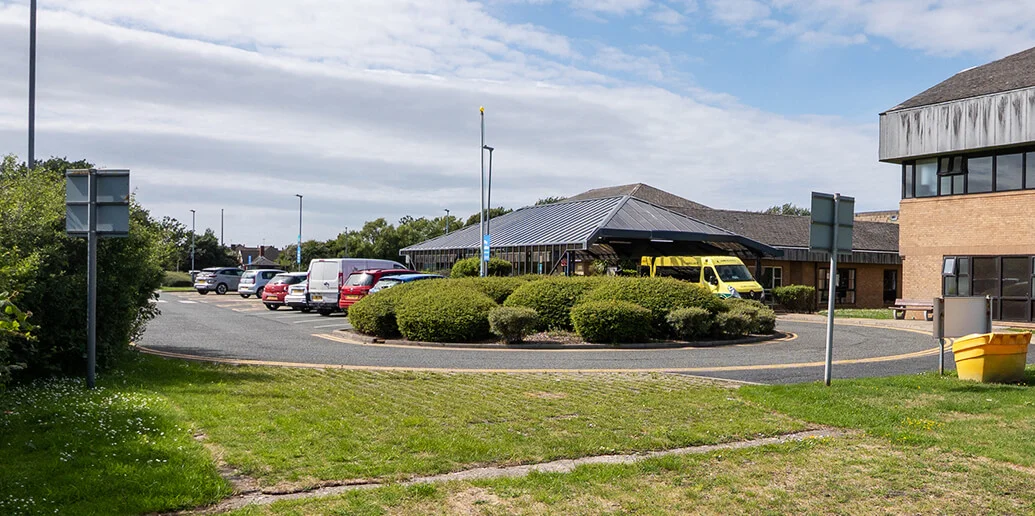
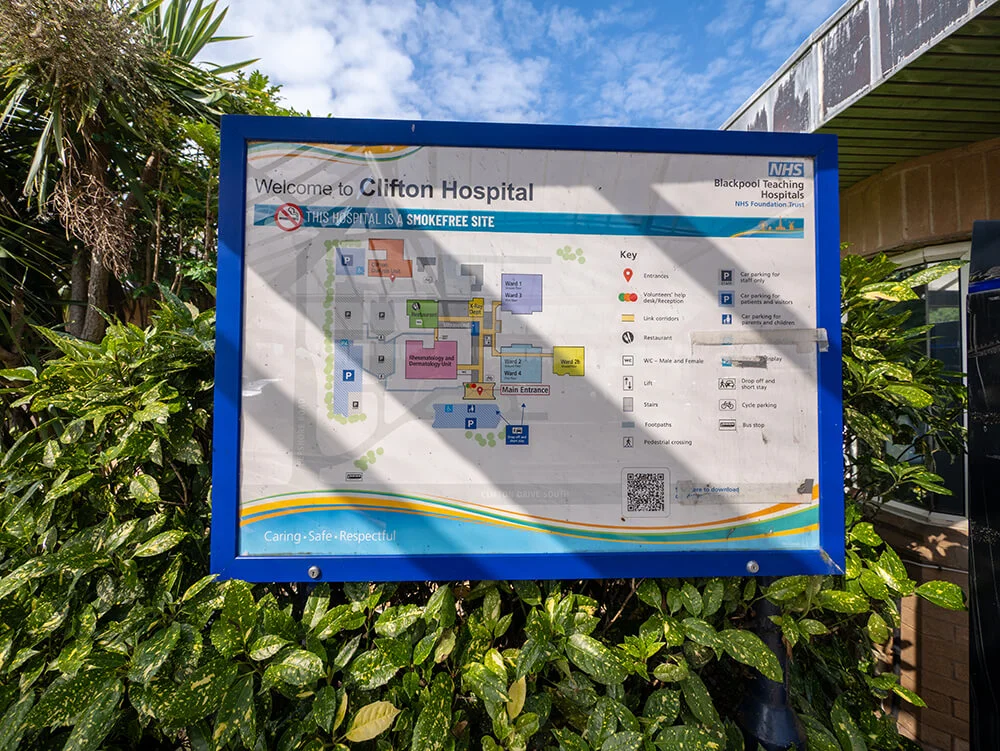
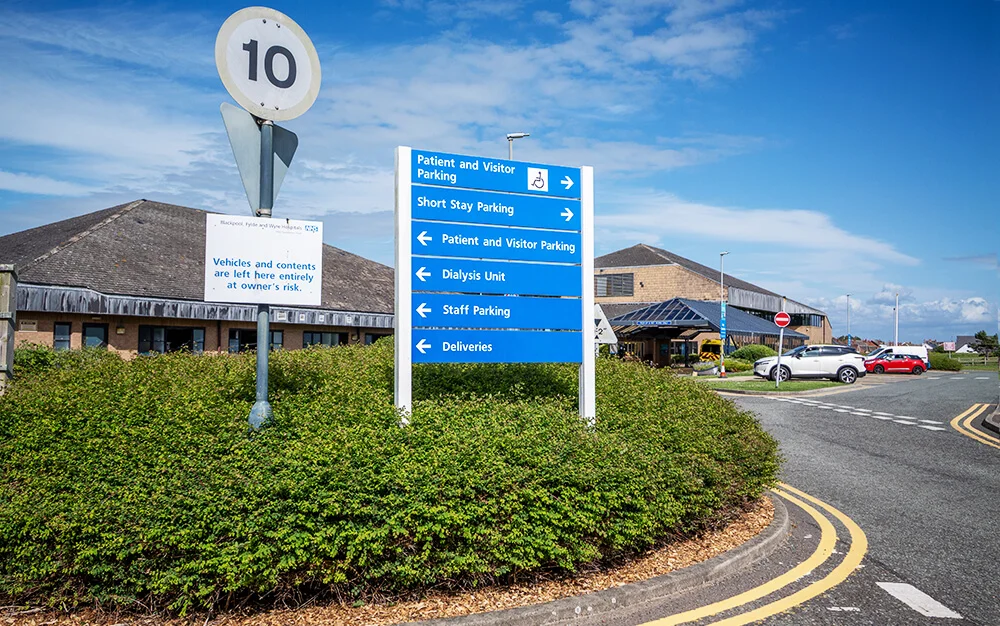
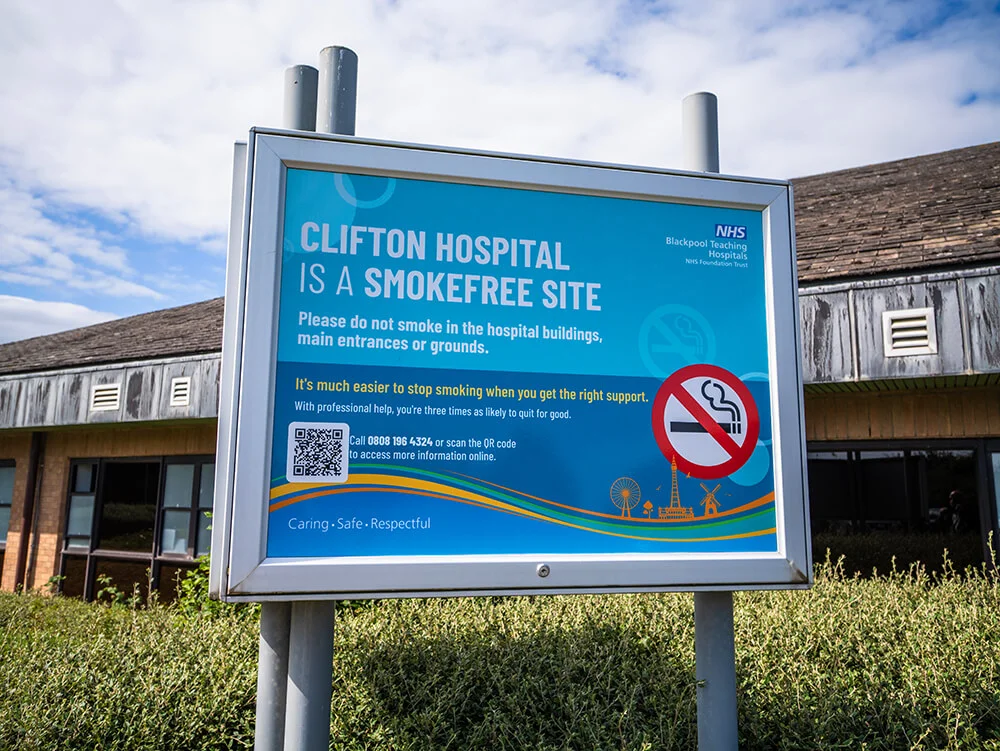
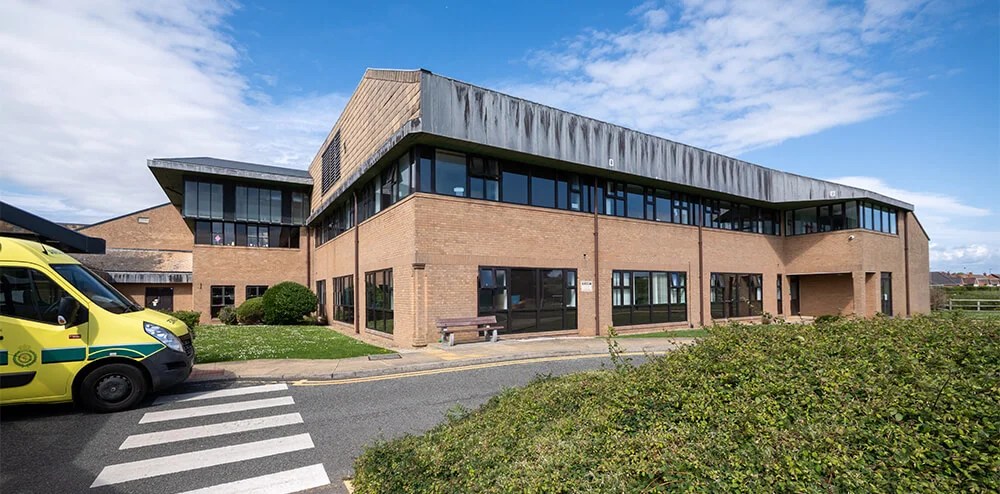
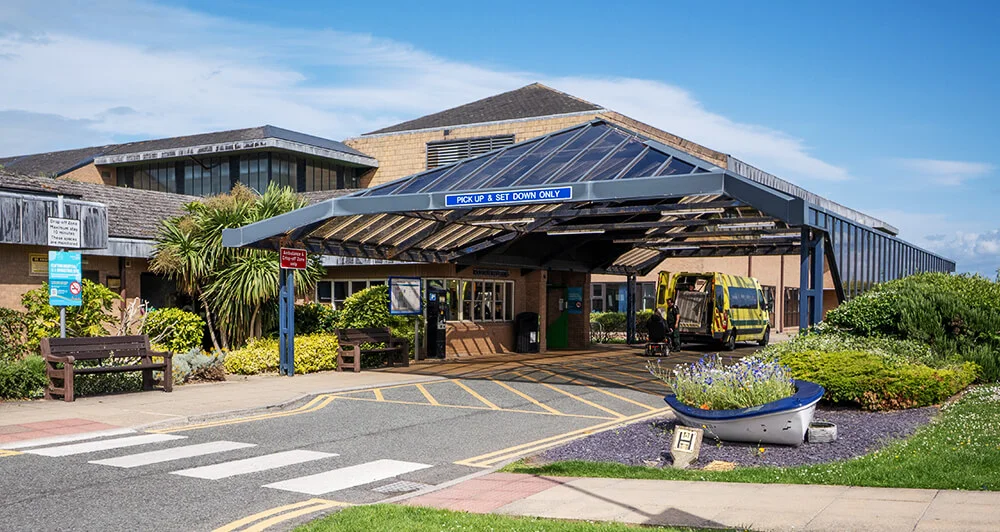
Text source: Lytham Heritage'swebsite NHS Blackpool Teaching Hospital's website
Images by © Deeper Blue Marketing & Design Ltd

